Home>diy>Architecture & Design>How To Design A Small Old House
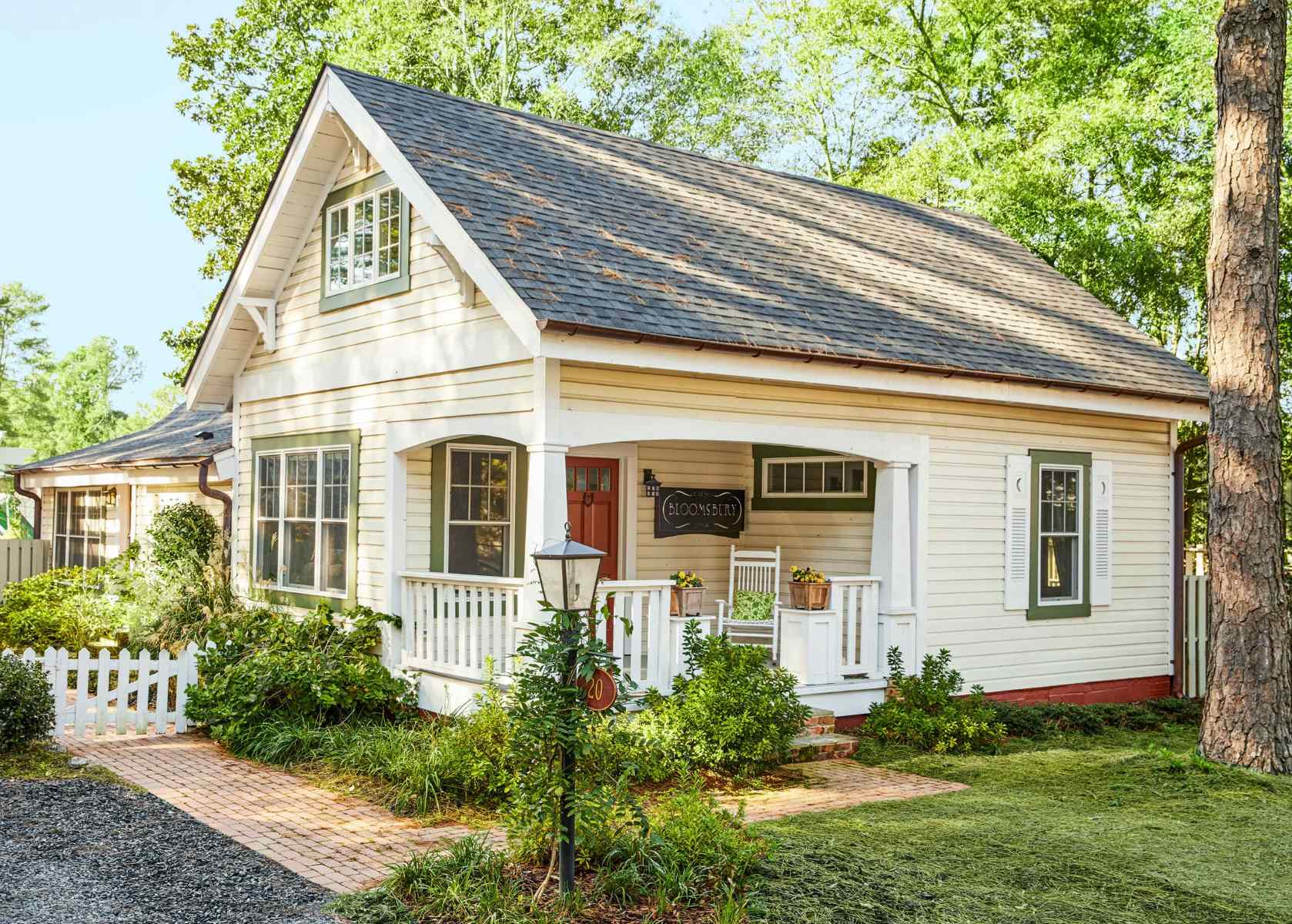

Architecture & Design
How To Design A Small Old House
Modified: January 9, 2024
Learn the secrets of transforming a small old house into a stunning architectural masterpiece with our expert design tips and techniques.
(Many of the links in this article redirect to a specific reviewed product. Your purchase of these products through affiliate links helps to generate commission for Storables.com, at no extra cost. Learn more)
Introduction
Welcome to the world of small old houses! These charming and historical dwellings hold a unique appeal, but when it comes to design and functionality, they can present some challenges. However, with the right approach and a touch of creativity, you can transform a small old house into a beautiful and functional space that meets your needs.
Designing a small old house requires a thoughtful approach that embraces the history and character of the space while maximizing its potential. It’s a delicate balance between preserving the charm of the house and incorporating modern design elements that enhance its functionality.
In this article, we will explore various strategies and techniques that will help you design a small old house that is both visually appealing and practical. From assessing the space and utilizing storage solutions to selecting appropriate furniture and maintaining the house’s charm, we will cover all aspects of creating a beautiful and functional living space. Let’s dive in!
Key Takeaways:
- Embrace the historical charm of a small old house by preserving original features, incorporating vintage elements, and maintaining architectural integrity while integrating modern design for a timeless and authentic living space.
- Designing a small old house requires a balance of preserving charm and integrating modern functionality. Utilize efficient storage, maximize natural light, and create multi-functional areas to optimize space and create a beautiful living environment.
Read more: How To Fix Steep Stairs In Old House
Assessing the Space and Needs
Before embarking on any design project, it’s essential to assess the space and understand your specific needs. In the case of a small old house, this step becomes even more crucial. Start by evaluating the layout and dimensions of each room, taking note of any architectural features or limitations.
Consider how you will use each room and identify any specific requirements or challenges. Are you looking to create a functional living space, a home office, or perhaps a cozy reading nook? Understanding your needs will guide your design decisions and help you make the most of the available space.
Pay attention to the flow of the house and how different areas connect to each other. Identify any areas that feel cramped or underutilized, as well as potential areas for improvement. This assessment will allow you to identify the strengths and weaknesses of the space, providing a foundation for your design plan.
During this assessment, also consider the building’s infrastructure. Ensure that the electrical and plumbing systems are in good working order and meet your needs. Older homes may require updates or modifications to fulfill modern standards and accommodate your lifestyle.
Lastly, take note of any unique architectural details or historical elements that you would like to preserve. These features contribute to the character and charm of the house and can be incorporated into the design to create a cohesive and authentic aesthetic.
By thoroughly assessing the space and your needs, you will have a clear understanding of what you are working with and can proceed to the next step of the design process with confidence.
Maximizing Storage Solutions
In a small old house, storage can be a major challenge. However, with clever design strategies, you can maximize every inch of available space and create efficient storage solutions.
Start by exploring the existing storage options within the house. Look for built-in cabinets, closets, or nooks that can be optimized to store your belongings. These existing features can be enhanced with smart organizational systems such as shelves, hooks, or dividers to make the most of the space.
If the existing storage is limited, consider incorporating multi-functional furniture pieces that offer hidden storage compartments. A coffee table with built-in drawers or ottomans with removable lids for storage can help you declutter and keep essential items within reach.
Utilize vertical space by installing floor-to-ceiling bookshelves or cabinets. This not only provides ample storage but also draws the eye upward, creating an illusion of height and openness in the room. Make use of every available nook and cranny, such as utilizing the space under stairs or turning a small alcove into a display area or storage nook.
Additionally, consider creative storage solutions such as installing floating shelves or wall-mounted storage units. These can help to keep the floor space clear while providing a stylish way to showcase your belongings.
Another effective strategy is to prioritize organization and decluttering. Assess your belongings and consider what is necessary and what can be donated or stored elsewhere. Being mindful of what you keep in your small old house will not only maximize storage space but also create a more visually appealing and serene environment.
Lastly, don’t overlook the potential of outdoor storage. If you have a backyard or patio, consider investing in a shed or outdoor storage unit to store items such as gardening tools, bicycles, or seasonal equipment.
By implementing these storage solutions, you can make the most of the limited space in a small old house and create a clutter-free and organized living environment.
Utilizing Natural Light
Natural light is a valuable asset when it comes to designing a small old house. It not only enhances the overall ambiance but also creates a sense of spaciousness. Here are some strategies to help you make the most of natural light in your design.
Start by evaluating the existing windows and their placement. Consider if there are any obstructions that prevent natural light from entering the space, such as heavy curtains or furniture blocking the windows. Remove any obstacles and opt for light, sheer curtains or blinds that allow sunlight to filter through while still providing privacy.
Consider adding additional windows or enlarging existing ones to bring in more natural light. Consult with a professional to ensure that any structural modifications comply with building codes and maintain the integrity of the house.
In addition to windows, consider incorporating skylights or light tubes in areas where natural light is limited, such as hallways or bathrooms. These can bring in a significant amount of light and create a visually appealing focal point in the space.
Another strategy is to use light-colored paint on walls and ceilings. Light-toned surfaces reflect natural light, making the room appear brighter and more spacious. Opt for neutral or pastel shades to create a soft and calming ambiance.
To amplify the effect of natural light, strategically place mirrors in the room. Mirrors not only reflect light but also create the illusion of depth, making the space feel larger. Consider placing mirrors across from windows to bounce light around the room.
Finally, be mindful of any landscaping or exterior elements that may cast shadows on the windows. Trim any overgrown foliage or trees that obstruct sunlight from entering the house.
By embracing natural light, you can transform a small old house into a bright and inviting space that feels open and airy. It not only improves the overall aesthetic but also has a positive impact on your well-being.
Choosing Color Palettes and Patterns
Color palettes and patterns play a crucial role in the design of a small old house. The right colors and patterns can visually expand the space and create a harmonious and inviting atmosphere. Here are some tips for selecting the perfect color palette and patterns for your small old house.
When it comes to choosing colors, opt for light and neutral shades. Light colors, such as whites, creams, and pastels, reflect natural light and make the space feel more open and airy. Avoid dark or bold colors, as they tend to absorb light and make the room appear smaller. However, don’t be afraid to add pops of color through accessories or accent walls to keep the design interesting.
In addition to the color scheme, consider incorporating patterns to add visual interest to the space. However, it’s important to use patterns sparingly in a small old house to avoid overwhelming the space. Choose one or two patterns as the focal point and keep the rest of the decor relatively simple and understated. For example, you can introduce a patterned wallpaper in a small hallway or use patterned throw pillows on a neutral-colored couch.
When it comes to selecting patterns, consider the scale. In a small space, opt for smaller-scale patterns that won’t overpower the room. Larger patterns can make the space feel cramped and chaotic. Additionally, consider the style and period of your small old house. Incorporate patterns that complement the architectural features or reflect the historical period of the house, such as floral prints in a Victorian-era house.
Keep in mind that the color palette and patterns should flow seamlessly throughout the house to create a cohesive and unified design. Consider the sightlines and how the colors and patterns interact from one room to another.
Lastly, don’t forget about the floor. Consider using light-colored flooring materials, such as hardwood or light-colored tiles, to further enhance the sense of spaciousness. You can add texture and visual interest through area rugs or floor mats.
By carefully selecting a light and neutral color palette, incorporating patterns in moderation, and considering the scale and style of the patterns, you can create a visually appealing and harmonious design in your small old house.
Read more: How To Level Floor In Old House
Selecting Appropriate Furniture
Choosing the right furniture is crucial in optimizing the space and functionality of a small old house. It’s important to select pieces that fit the scale of the rooms while maximizing comfort and versatility. Here are some tips to help you select appropriate furniture for your small old house.
Measure the room dimensions and consider the layout before purchasing any furniture. In a small space, every inch counts, so be mindful of how each piece will fit and leave enough room for circulation. Avoid bulky or oversized furniture that can overpower the room and make it feel cramped. Instead, opt for sleek and streamlined furniture with clean lines.
Multifunctional furniture is a great investment for small old houses. Look for items that serve multiple purposes, such as a sleeper sofa that can double as a guest bed or a coffee table with built-in storage. These pieces save space and maximize functionality, allowing you to make the most of your limited square footage.
Consider lightweight and movable furniture that can easily be rearranged to adapt to different needs and layouts. This flexibility allows you to create different configurations and maximize the use of space for various activities.
When it comes to style, consider the overall aesthetic and character of your small old house. Opt for furniture that complements the historic charm and architectural features of the space. Vintage or antique pieces can add a sense of authenticity and bring warmth to the rooms.
Keep in mind that furniture with open legs or glass elements can create a sense of visual openness in a small space, whereas solid or heavy pieces can make the room feel closed off. Choose furniture that allows light to flow through and doesn’t obstruct the sightlines, creating a more spacious and airy atmosphere.
Lastly, prioritize comfort. While style and functionality are important, ensure that your furniture provides comfort and coziness. Look for cushions with proper support and materials that are suitable for your living conditions.
By selecting furniture that fits the scale of the rooms, offers multifunctionality, reflects the style of your small old house, and prioritizes comfort, you can create a well-designed and inviting living space that maximizes both form and function.
When designing a small old house, focus on maximizing natural light, utilizing multifunctional furniture, and incorporating storage solutions to make the most of the space.
Incorporating Vintage Elements
One of the unique charms of a small old house is the historical character it possesses. Incorporating vintage elements into the design can enhance the authenticity and beauty of the space. Here are some tips on how to incorporate vintage elements into your small old house.
Start by exploring the architectural details of your home. Restore and highlight any original features such as crown molding, wainscoting, or decorative trim. These elements add a touch of nostalgia and showcase the craftsmanship of the era in which the house was built.
Consider incorporating vintage furniture pieces or repurpose existing items. Look for antique shops, consignment stores, or online marketplaces for unique vintage finds. These pieces can serve as focal points in your design and lend a sense of history and style to the space. Don’t be afraid to mix and match different eras and styles to create an eclectic yet cohesive look.
Another way to incorporate vintage elements is through accessories and decor. Look for vintage rugs, artwork, or decorative items that reflect the era and style of your small old house. Display antique photographs or family heirlooms to add a personal touch and further connect with the history of the house.
Consider restoring or repurposing vintage items to give them new life in your small old house. Refinish an old dresser or convert an antique suitcase into a unique side table. These repurposed pieces add character and a sense of individuality to your space.
When it comes to textiles, look for vintage-inspired patterns and fabrics. Incorporate floral prints, lace, or embroidered textiles in curtains, pillows, or upholstery to add a soft and romantic touch to the rooms.
Lighting fixtures can also contribute to the vintage aesthetic. Look for vintage-inspired or actual antique light fixtures to create a warm and nostalgic ambiance. Chandeliers, wall sconces, or pendant lights with intricate details can make a statement and become eye-catching focal points in your small old house.
Remember to strike a balance between vintage elements and contemporary design. Mix in modern pieces and materials to avoid an overly outdated or cluttered look. Balance is key to creating a space that feels timeless yet relevant.
By incorporating vintage elements into your small old house, you add a sense of history, character, and charm to the space. It creates a unique and inviting atmosphere that celebrates the past while embracing modern design sensibilities.
Creating Multi-functional Areas
In a small old house, making the most of every inch of space is crucial. Creating multi-functional areas allows you to maximize the functionality and versatility of your rooms. Here are some strategies for creating multi-functional areas in your small old house.
Start by assessing the needs and activities that you want to accommodate in each room. Determine how the space can serve multiple purposes without feeling cramped or cluttered. For example, a living room can also double as a home office or a guest bedroom.
Consider incorporating furniture with built-in storage or hidden features. For instance, a desk with drawers or shelves can provide storage for office supplies, while also serving as a workspace. A sofa bed or a daybed can be a comfortable seating area during the day and transform into a guest bed at night.
Utilize flexible and modular furniture that can be easily rearranged to adapt to different activities. Moveable partitions, such as screens or bookshelves, can be used to create separate zones within a room, providing privacy or defining different functional areas.
Think vertically when it comes to storage and organization. Install wall-mounted shelves or floating desks to maximize floor space and create functional workstations or display areas. Use tall bookshelves or wall units to store books, decor, and office supplies. By utilizing vertical space, you free up floor space for other activities.
Consider the flow and connectivity between different areas of the house. Ensure that there is a seamless transition between multi-functional areas, creating a cohesive and functional layout. For example, a dining area can be adjacent to the kitchen for easy access during meal preparation.
Additionally, be mindful of visual cues and design elements that differentiate each multi-functional area. Use rugs, lighting, or furniture arrangement to create visual boundaries and define different zones within a room.
Lastly, declutter regularly and stay organized to maintain the functionality of multi-functional areas. Designate specific storage spaces for different activities and ensure that items are easily accessible and neatly stored away when not in use.
By creating multi-functional areas in your small old house, you optimize the use of space and enhance the practicality of each room. It allows you to adapt to various needs and lifestyles while maintaining a well-designed and organized living environment.
Designing for Efficiency
Efficiency is key when it comes to designing a small old house. Maximizing the use of space, minimizing waste, and optimizing functionality are essential to create a well-designed and efficient living environment. Here are some strategies for designing for efficiency in your small old house.
Start by decluttering and organizing your belongings. Remove any unnecessary items and keep only what is essential. This not only frees up space but also creates a sense of order and clarity in your living environment.
Take advantage of vertical space by utilizing wall-mounted storage solutions. Install shelving units, hooks, or pegboards to keep frequently used items within reach and off the countertops or floors. This not only creates more surface area but also adds visual interest to the space.
Opt for multipurpose furniture that serves more than one function. Look for pieces with built-in storage, hidden compartments, or folding capabilities. For example, a dining table with built-in drawers can double as a workspace, or a folding sofa bed can provide both seating and sleeping options in a small living room.
Consider open-concept designs that promote fluidity and a sense of spaciousness. Removing unnecessary walls or partitions between rooms can create an open and airy feel. However, be mindful of maintaining enough privacy and designated spaces for different activities.
Invest in energy-efficient appliances and fixtures. Replace old, inefficient appliances with newer, energy-saving models. Use LED lighting and install programmable thermostats to save on energy consumption. These small changes can have a significant impact on your utility bills and the overall efficiency of your small old house.
Design with functionality in mind. Ensure that the layout and design of your space allow for smooth movement and easy access to essential areas. Consider the placement of windows and doors to maximize natural light and airflow throughout the house.
Make use of technology to streamline and automate tasks. Smart home devices, such as voice-activated assistants or programmable smart thermostats, can make your daily routine more efficient and convenient. Consider integrating smart technology into your small old house to enhance its functionality and efficiency.
Finally, be mindful of sustainable design practices. Choose eco-friendly materials, such as recycled or natural materials, for your renovations or furniture selections. Incorporate plants and greenery to improve indoor air quality and add a touch of natural beauty to your space.
By designing for efficiency, you create a space that not only maximizes functionality but also minimizes waste and promotes a sustainable and eco-friendly lifestyle. Embrace the principles of simplicity, organization, and functionality to make the most of your small old house.
Read more: How To Replace Plumbing In Old House
Maintaining the Charm of the House
Preserving the charm and character of a small old house is essential when embarking on a design project. While making updates and modernizing the space, it’s important to retain the unique features that make the house special. Here are some tips on how to maintain the charm of your small old house.
Start by identifying the key original features of the house that contribute to its character. It could be beautiful crown moldings, original hardwood floors, or ornate fireplace mantels. Protect and restore these features to their former glory, enhancing the overall charm of the space.
When making updates or renovations, opt for materials and finishes that complement the historical context of the house. Consider using reclaimed or salvaged materials to add authenticity and a sense of history. For example, installing vintage-style tiles in the bathroom or using reclaimed wood for a kitchen island.
Preserve the architectural integrity of the house by being mindful of the style and period in which it was built. Research the history and architecture of your home to understand its original design elements. This knowledge will guide your design decisions and prevent any alterations that may compromise its unique character.
While modernizing the house, balance contemporary elements with the original charm. Incorporate modern appliances and technology seamlessly into the space without overshadowing the historical features. Create a harmonious fusion of old and new, keeping the charm intact while embracing modern conveniences.
Pay attention to the exterior of the house as well. Maintain or restore the original façade, including the front entryway, windows, and landscaping. Add period-appropriate details such as vintage-style lighting fixtures or a classic front door to enhance the overall curb appeal and coherence of the house.
Preserve any historical artwork or decorative elements within the house. Whether it’s an antique chandelier, vintage wall art, or stained glass windows, these unique pieces contribute to the charm and character of your small old house. Showcase and highlight these elements in your design to create a cohesive and authentic aesthetic.
Regular maintenance and upkeep are essential in maintaining the charm of your small old house. Repair or replace any worn or damaged elements, such as peeling paint, cracked tiles, or squeaky floors. This attention to detail will preserve the overall charm and ensure that the house continues to age gracefully.
Lastly, embrace the imperfections and quirks of your small old house. These unique characteristics are part of its charm and history. Rather than trying to erase or cover up these imperfections, embrace them as part of the house’s story and character.
By maintaining the charm of your small old house, you create a space that celebrates its history and captures a sense of nostalgia. With careful design choices and preservation efforts, you can enjoy the best of both worlds – the timeless charm of the past and the comfort and functionality of the present.
Conclusion
Designing a small old house requires a thoughtful approach that balances the preservation of its charm with the integration of modern design elements. By assessing the space and understanding your needs, you can create a functional and visually appealing living environment. Maximizing storage solutions, utilizing natural light, choosing appropriate color palettes and patterns, selecting the right furniture, incorporating vintage elements, creating multi-functional areas, designing for efficiency, and maintaining the house’s charm are all crucial aspects of the design process.
Throughout the design journey, it’s important to remember the unique qualities and historical significance of your small old house. Embrace its architectural features and character, and incorporate vintage elements and materials that enhance its authenticity. By preserving the charm of the house, you create a space that tells a story and exudes a sense of timelessness.
Efficiency should be a guiding principle in your design choices, making the most of every inch of space and minimizing waste. Utilize smart storage solutions, multi-functional furniture, and open-concept designs to optimize the functionality of your small old house.
Ultimately, finding the perfect balance between preserving the past and integrating modern design elements is the key to creating a beautiful and functional living space in a small old house. By embracing the challenges and opportunities that come with these unique properties, you can transform your small old house into a home that not only reflects your personal style but also pays homage to its historical roots.
With careful planning, creativity, and a touch of nostalgia, your small old house can become a haven of charm, warmth, and functionality. Remember to respect the history of the house while embracing modern design sensibilities, resulting in a space that effortlessly blends the best of both worlds.
Frequently Asked Questions about How To Design A Small Old House
Was this page helpful?
At Storables.com, we guarantee accurate and reliable information. Our content, validated by Expert Board Contributors, is crafted following stringent Editorial Policies. We're committed to providing you with well-researched, expert-backed insights for all your informational needs.
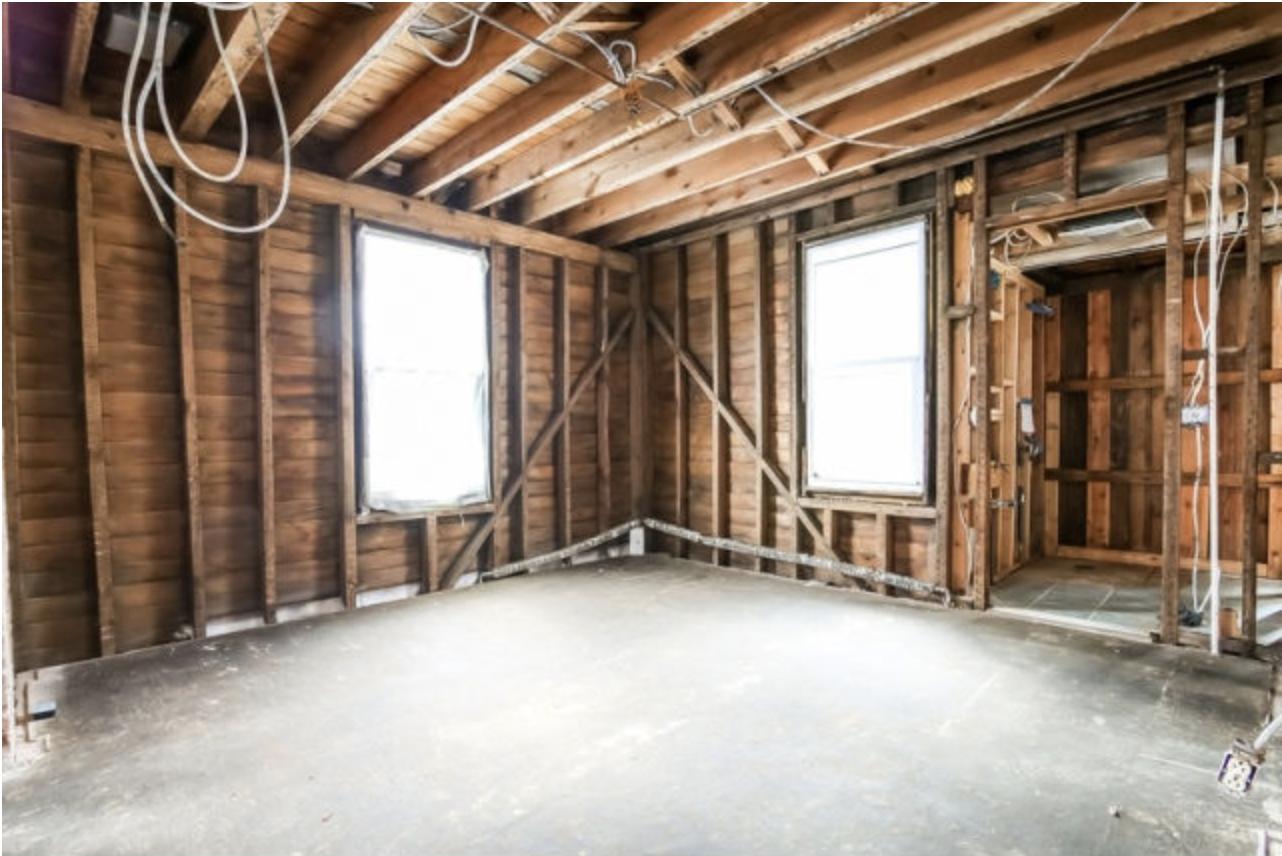
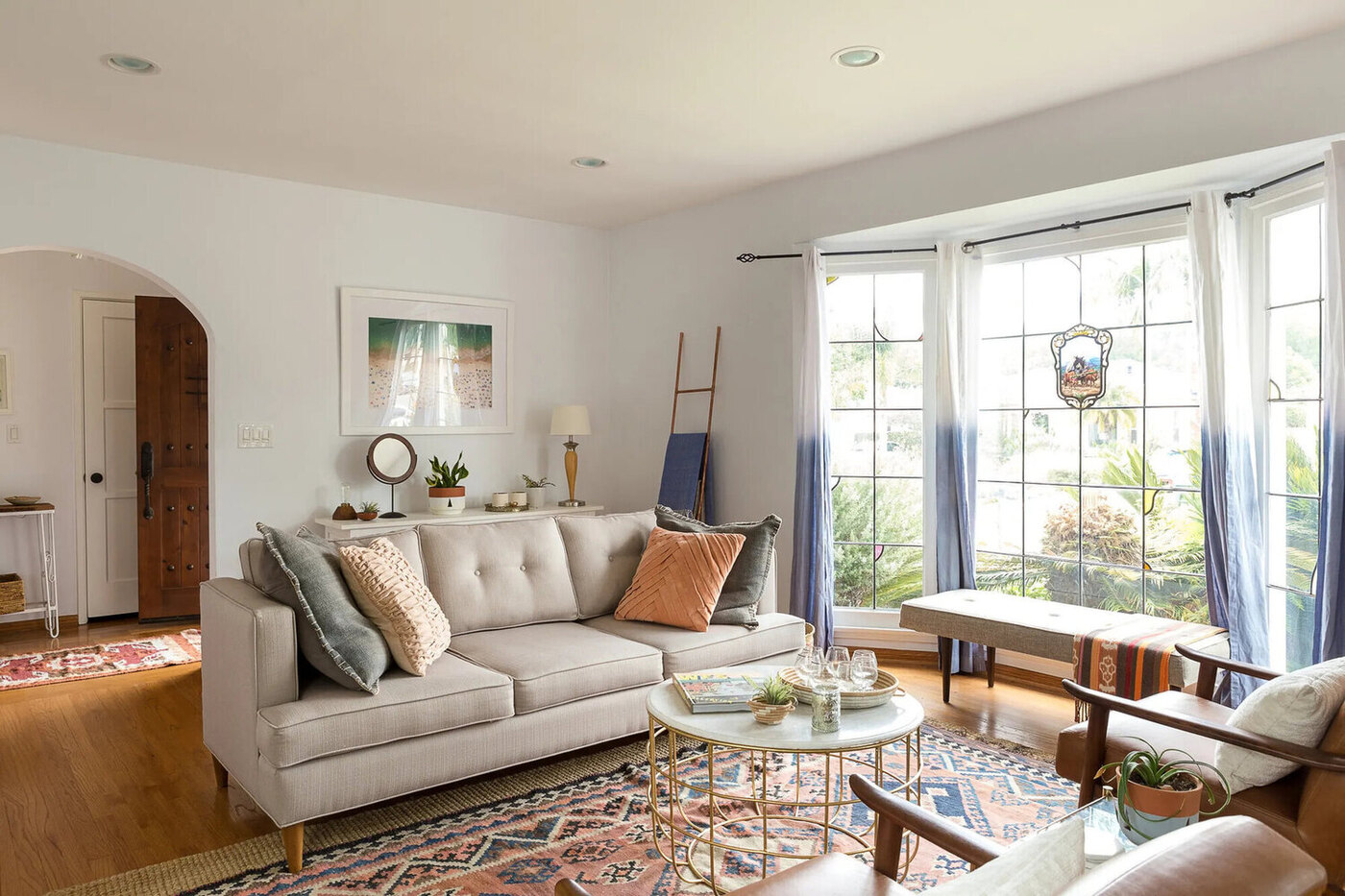
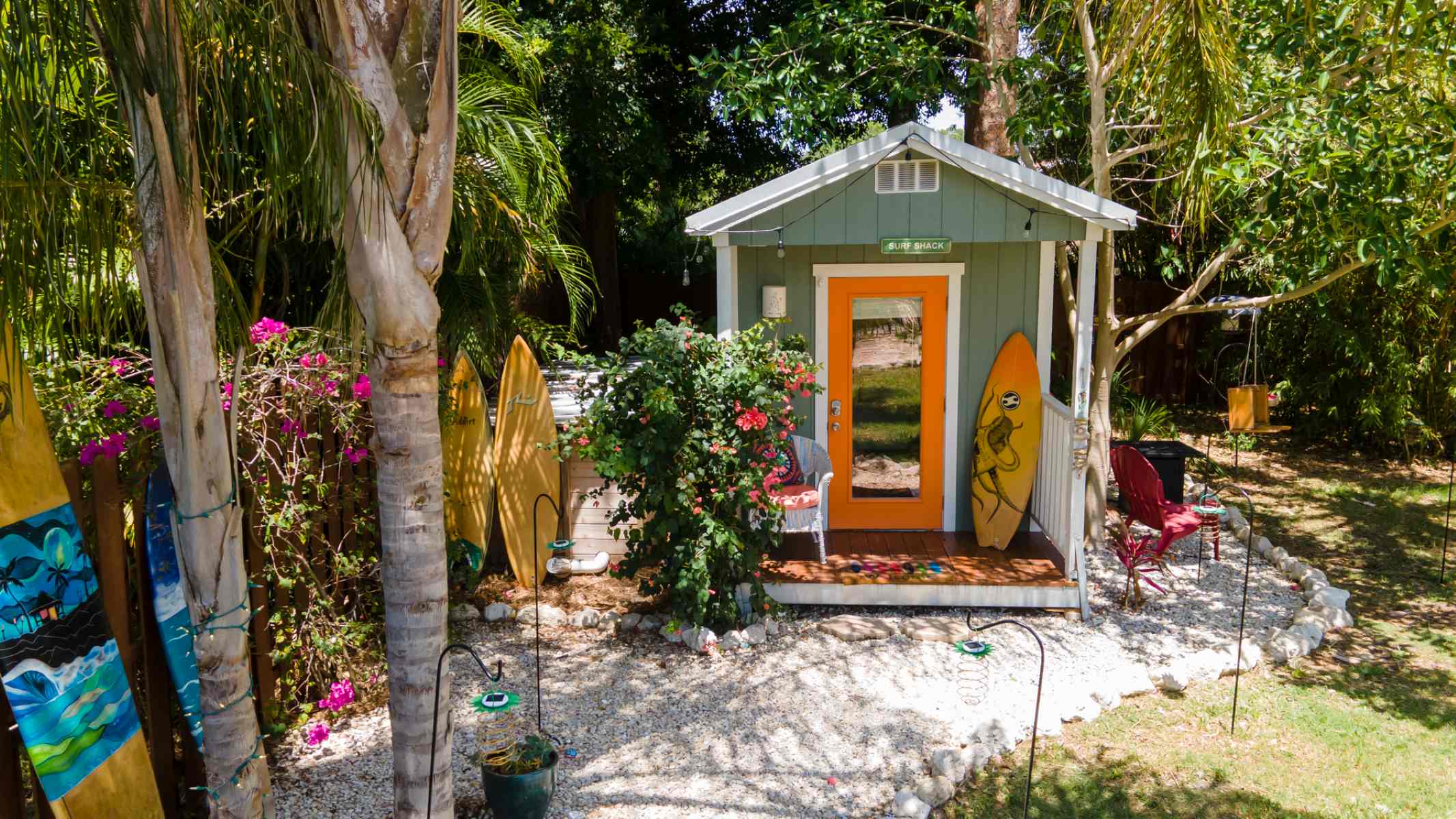
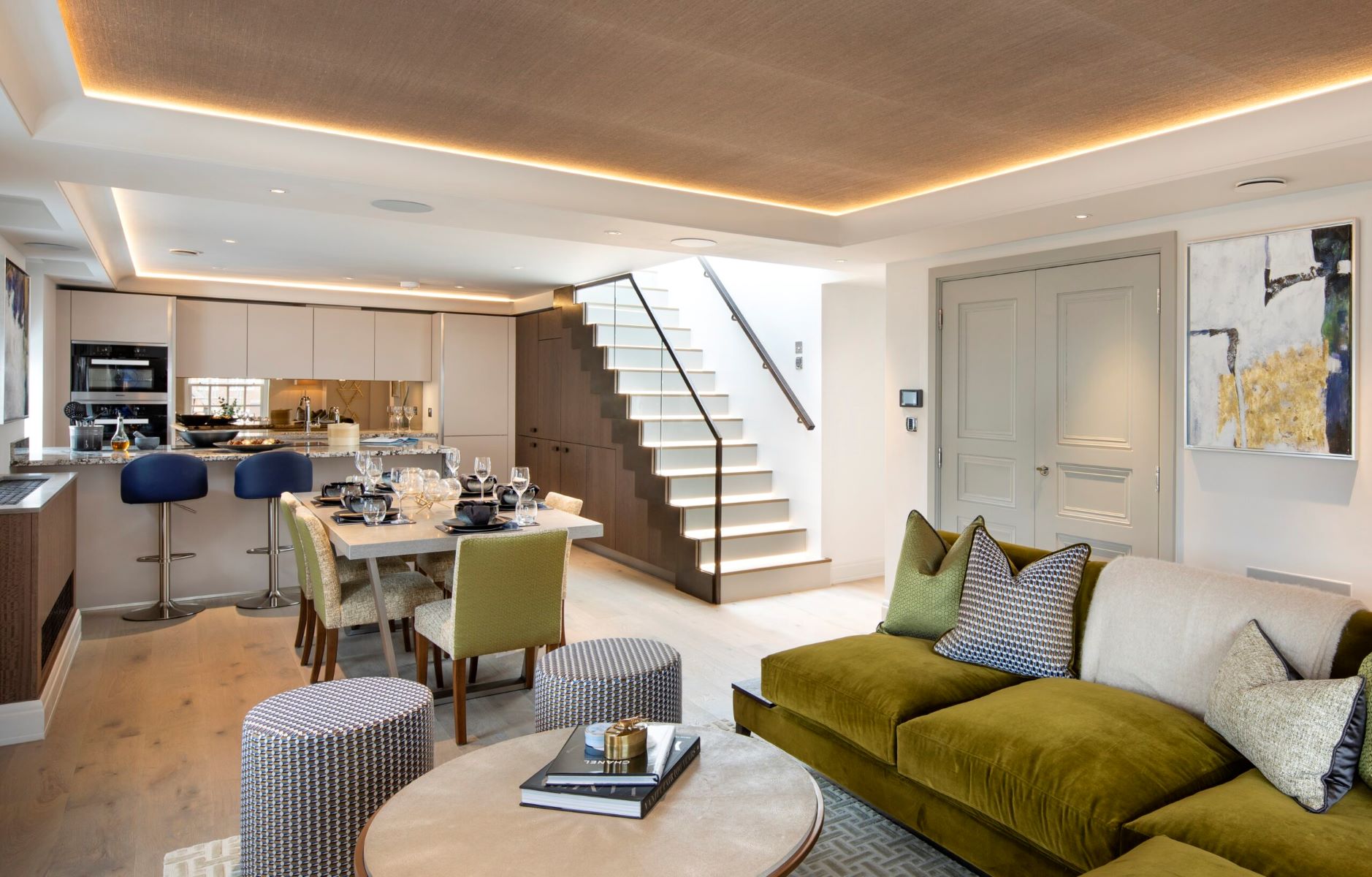
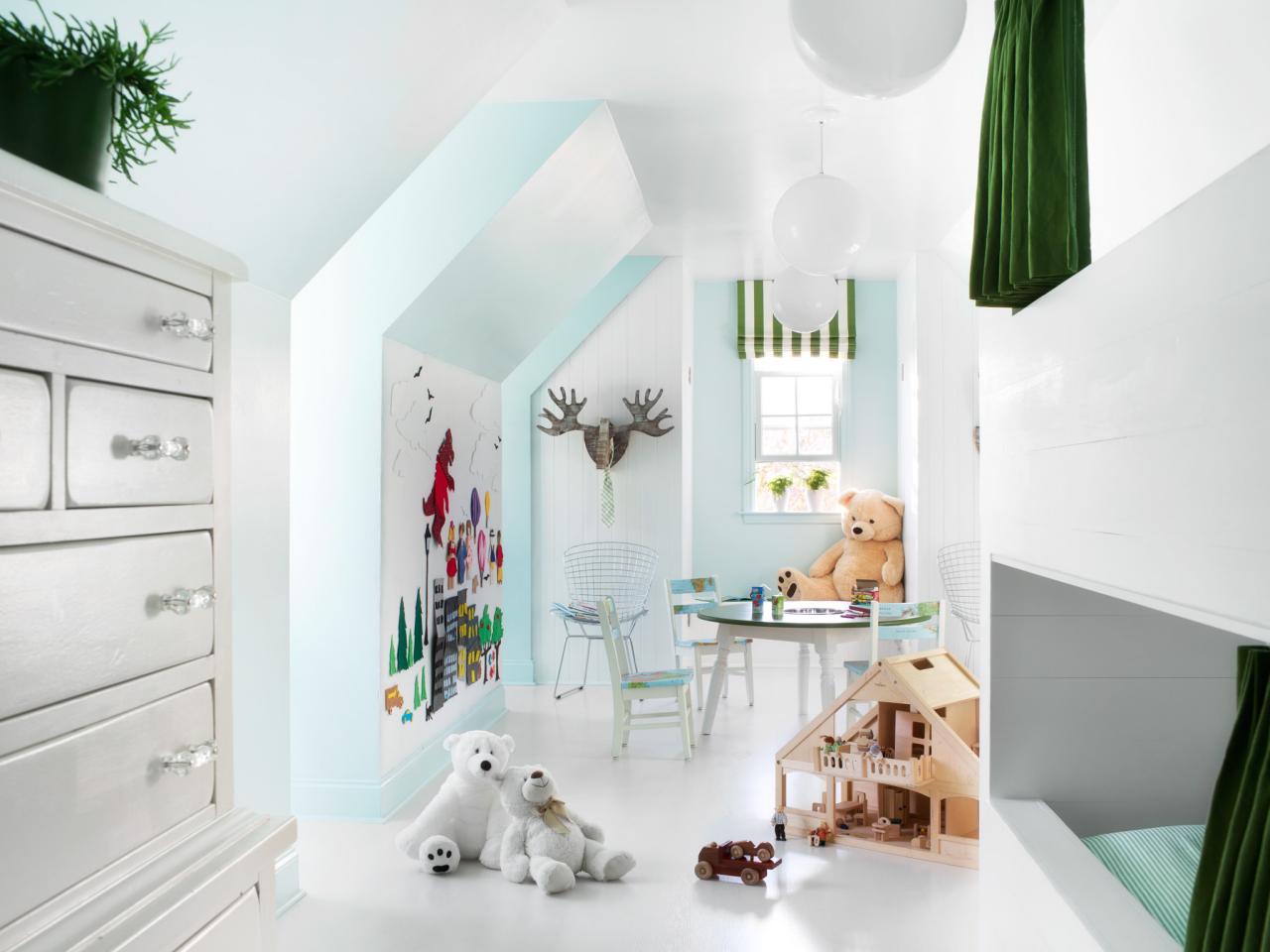
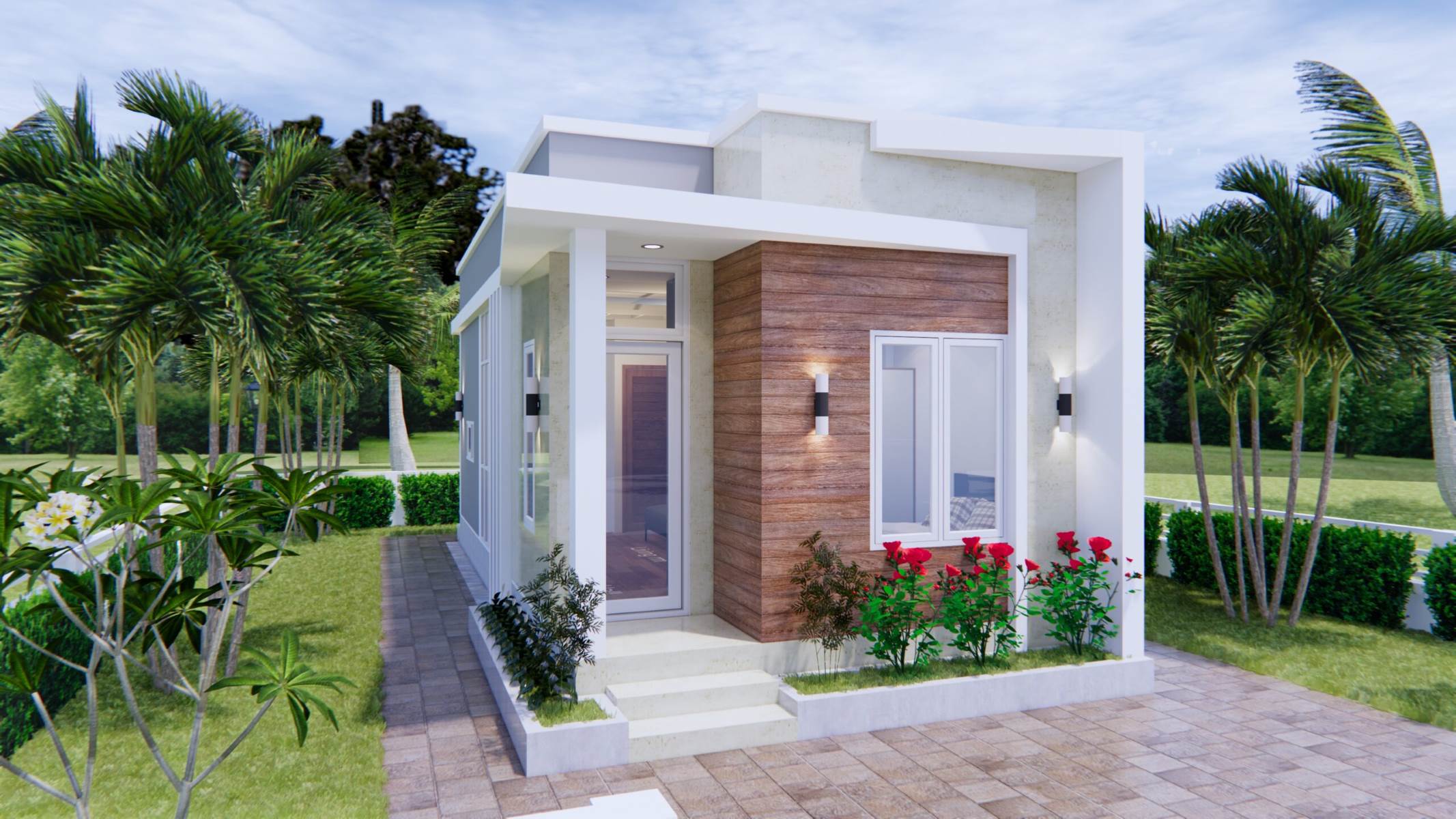
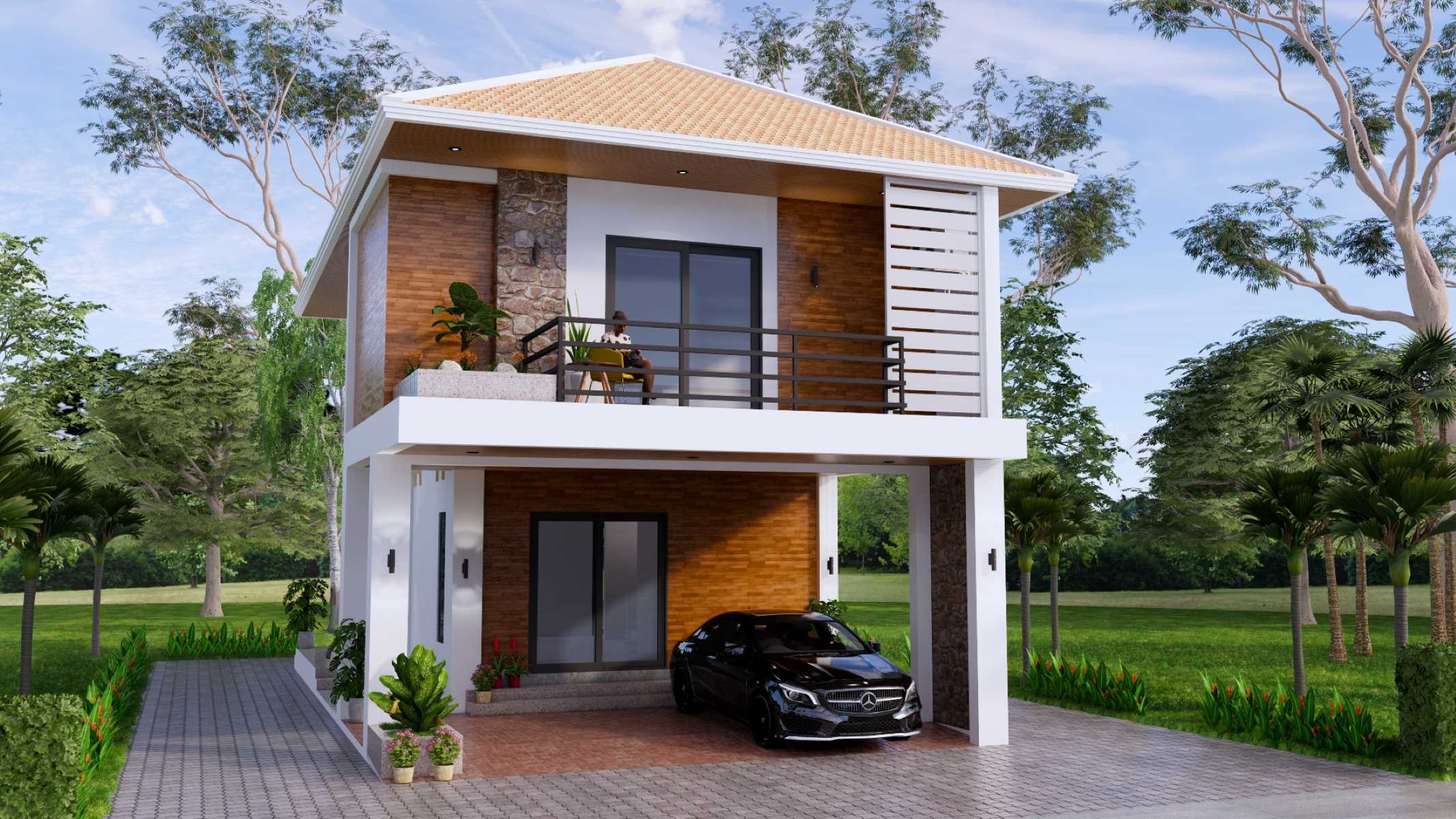



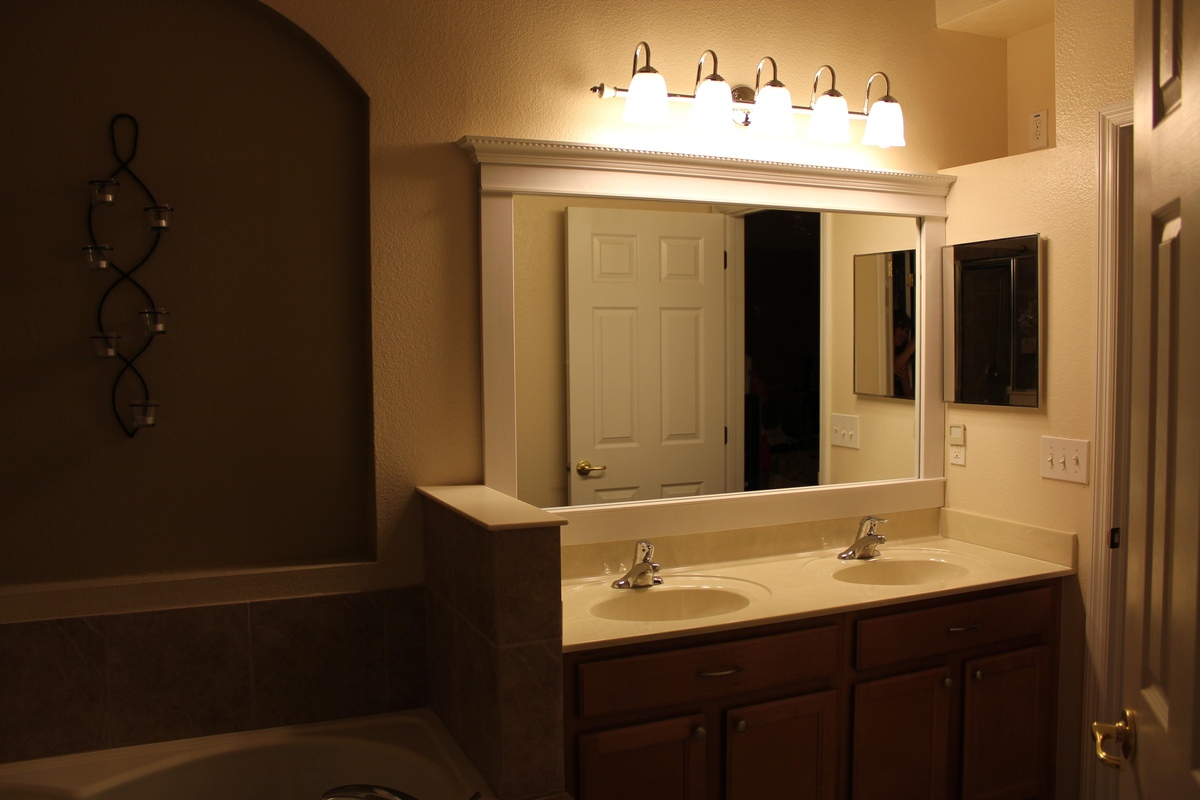
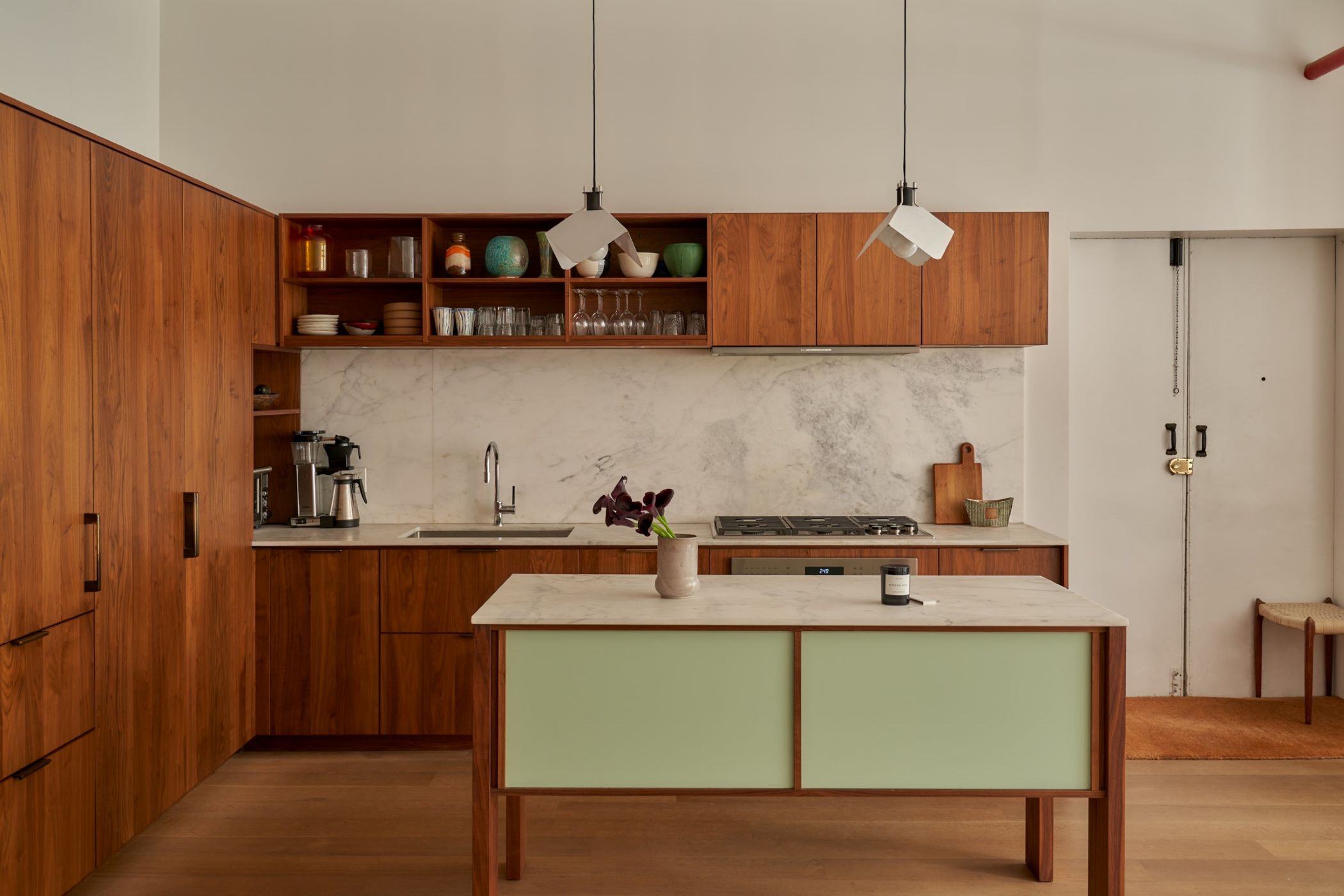


0 thoughts on “How To Design A Small Old House”